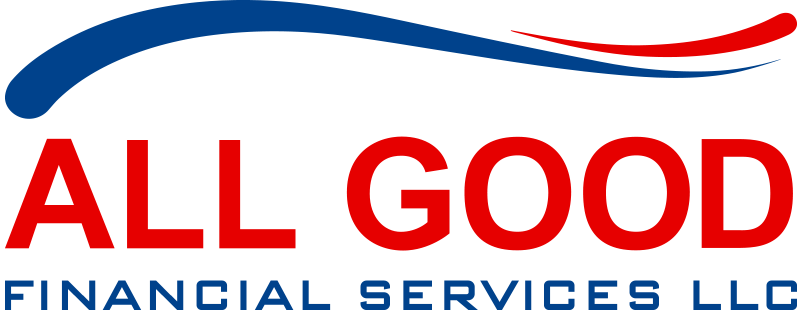
Understanding EIDL Loans and Default Consequences
The Economic Injury Disaster Loan (EIDL) program was introduced during the COVID-19 pandemic to support small businesses with non-repayable grants and loans. However, defaulting on an EIDL loan can have serious consequences, which vary depending on the amount borrowed:
For loans up to $25,000: These are unsecured loans, meaning no assets are at risk. For loans between $25,000 and $200,000: The lender can seize business assets as collateral, and the impact on personal credit depends on whether the loan was taken using an EIN or Social Security number.For loans over $200,000: Business assets will be seized, and personal assets may also be at risk due to the personal guarantee required for these loans.
The Economic Injury Disaster Loan (EIDL) program was created to help small businesses survive the financial impacts of the COVID-19 pandemic.
It offered both a $10,000 non-repayable advance grant and low-interest loans, but defaulting on these loans can lead to severe consequences depending on the loan amount.

Economic Injury Disaster Loan
- The Economic Injury Disaster Loan (EIDL) program was created to help small businesses survive the financial impacts of the COVID-19 pandemic.
- It offered both a $10,000 non-repayable advance grant and low-interest loans, but defaulting on these loans can lead to severe consequences depending on the loan amount.
